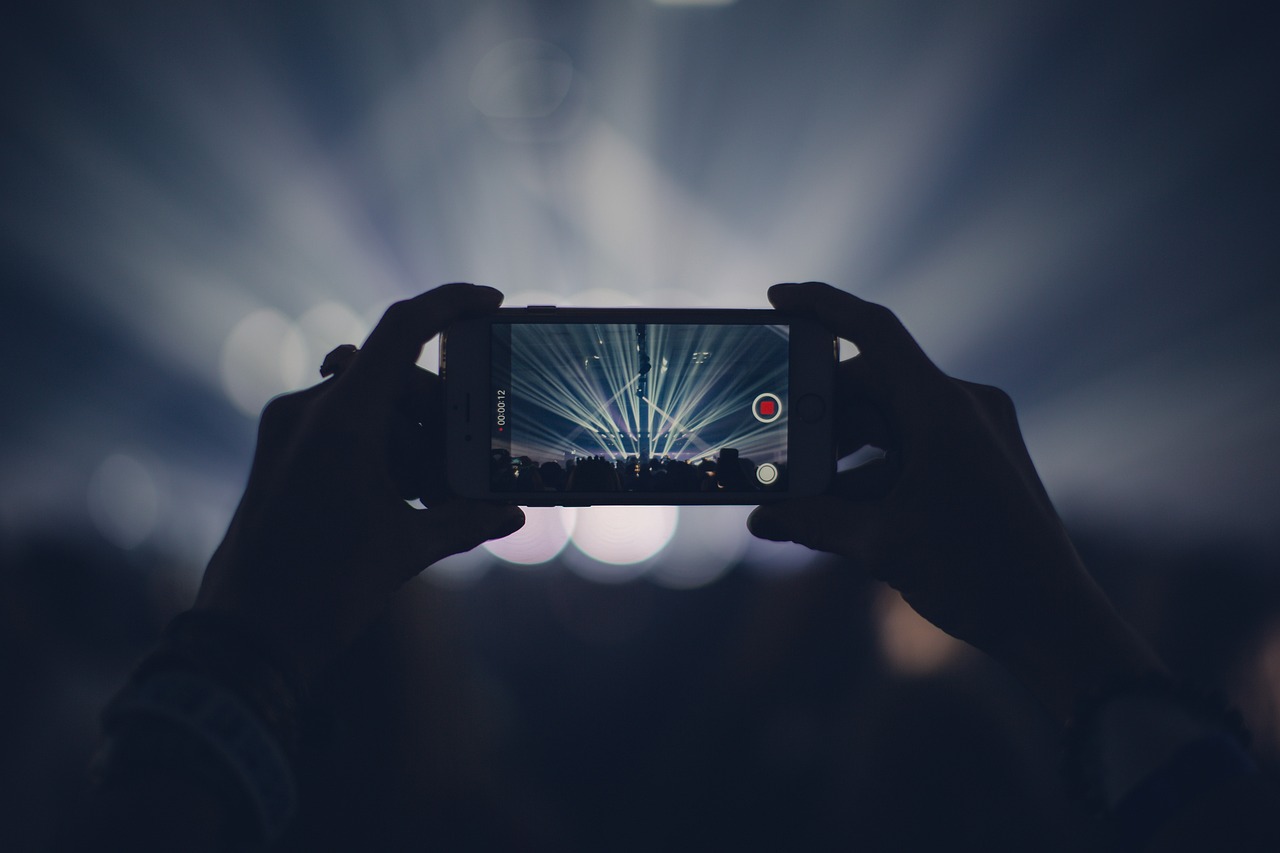This week, I start week three of sitting on the jury for a civil suit. You would have thought I’d have been immediately disqualified when I said “I am in podcasting,” but here we are. Still, the newsletter must roll on! At the end of last year, Bryan issued me a challenge. “No,” I said. “I can’t do that many pushups.” He also challenged me to look back on all of the great research we did together in 2022 and come up with a handful of the most impactful data points. Now this, I can handle. So without any more preamble, here are my three favorite data points from 2022!
The Truth about Crime
We were delighted to be able to put out podcasting’s first study on brand safety and suitability, Safe and Sound. I think we focus a lot on the “safety” aspect, which is really a binary determination, and not as much as we could on the suitability aspect, which is really about relevance. Podcasting is fortunate to have many tools available to help make advertisers make good choices, but simply screening out certain keywords can leave a lot of opportunity on the table.
True Crime is a very good example of this. We heard from a lot of our partners that some brands were “gun shy” (apologies) about advertising in true crime podcasts for fear of being associated with unpleasant topics. It’s probably a stretch to go from hearing a Prius commercial on a crime show to making a leap about Toyota’s support of murder. Still, many brands are so afraid of an error of commission (running a spot on something really gruesome) that they routinely commit errors of omission (not being on some great shows with highly relevant and engaged audiences).
That’s why these two graphs from last year’s Safe and Sound report really stayed with me:
True crime lovers are very passionate about the content they love. It’s also an audience that has a very specific demographic profile (it’s massive with women, and there are even finer distinctions to be made). What these two data points tell us is that fans of True Crime are not only tolerant of advertising (which is all many media channels can ever really hope for), they “like” it, because it supports the kind of content they cannot get on-demand in any other place. Indeed, there is almost gratitude.
Where I hope we continue to drive as an industry is towards smarter audience insights, and away from simple keyword screen-outs. The core audience for true crime is distinctive, engaged, and passionate, and for many brands, perfect.
Instant Receptivity
Our study of creative execution in podcast advertising, After These Messages, involved playing a bit of content from a fantastic podcast (The Jordan Harbinger Show) and grafting in one of several different treatments of host-read and announcer-read ads. The sample for this study were not necessarily listeners to Jordan’s show (in fact, about 70% were not), but they were still highly receptive to the show, its content, and, notably, the advertising.
I remember when I first started out in media research, my first boss (Frank Cody) used to tell me that people had three phases of hearing a message, like an ad. I am probably misremembering this, but the first time you hear an effective ad, your response is generally “What?” You crane your neck a bit. You strain to hear what is said. It registers at some level. The second stage is something like “come again?” It has your attention, but now you want some details. And the final stage, “oooohhhh!” is when you get it. A good ad, combined with repetition, can generate all three phases over time.
What we learned in After These Messages is that compelling spoken word content, plus either a host-read ad or a suitable and compelling announcer-read ad, can provide a shortcut to that process. In our study, despite hearing the ad only once, three-quarters of the sample were able to recapitulate the specific brand without aid:
Yes, the live host read ad featured the strongest recall (an impressive 80%), but the announcer read ad was also extremely strong. If you’ve ever touched brand lift research, you will recognize that all of these numbers are quite high.
But it’s not even fair to compare these numbers to brand lift benchmarks. In a proper pre/post campaign measurement, you might get solid numbers after a campaign has run and the audience for a given podcast has heard the ad multiple times. But the graph above? Most weren’t even listeners to the show. And they heard the spot exactly once! The magical marriage of compelling content and suitable, well-executed advertising is almost a secret weapon for podcasting. The host-read ad, in particular, offers brands a shortcut to awareness and willingness to consider that might require significantly more repetition/frequency in other media.
Staying Curious
Finally, I want to end on these two graphs:
These are, of course, taken from The Creators, the podcast industry’s first credible study of the people who make podcasts. And in this one demographic comparison, we see a real story. Podcast creators are really different dogs to the U.S. population. I mean, we all knew that, but looking at the educational background of the average U.S. citizen compared to the average podcast creator, podcasters are really different dogs.
Now, it is very likely in any form of monetized content that you would see a difference here. There are certainly class implications. But I don’t want to make any of those distinctions. I just want to point out that we are very different humans to most people, and guess what? Most people don’t regularly listen to podcasts.
If we are going to grow this medium, we have to be passionate evangelists for the space. We have to tell our friends, our coworkers, even Grandma, about podcasting. No one is coming to save you. We have to do this work ourselves.
But more importantly, we have to stay curious. We have to look at ourselves in the mirror and ask ourselves why most people aren’t regular listeners? Have we done all we can? Or are we just…different dogs?
I think we can do more. Expanding the reach of podcasting isn’t just about telling people it exists. It’s making content that they care about. You can’t do that without understanding the humans. I like to call this “The Bon Jovi Problem.” Whenever someone tells me that they can’t understand how Bon Jovi has sold 50 million records, I respond that this only means you don’t understand millions of people.
We all have a lot of opportunity ahead of us, if we ask the hard questions, and, more importantly, seek the answers.
Have a wonderful 2023. We will keep producing more data like this, and staying curious. I hope you do, too.
New Partners
Sounds Profitable exists thanks to the continued support of our amazing partners. Monthly consulting, free tickets to our quarterly events, partner-only webinars, and access to our 500+ person slack channel are all benefits of partnering Sounds Profitable.
- Rococo Punch is an independent full-service podcast production company, specializing in exquisite sound design and thoughtful content.
- Targetspot is a global AdTech company, that connects brands to their audience through a premium portfolio of publishers across digital audio.
Want to learn more about partnership? Hit reply or send us an email!














































































































































































































